Lesson 49: sus4
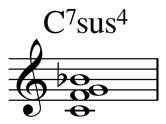
The sus4 chord can be found in most genres of music; blues, jazz, rock, classical, folk, hip hop, etc. In a normal C7 chord, the 4 notes are C (the root), E (the major 3rd), G (the 5th), Bb (the

Free Jazz Education and Music

The sus4 chord can be found in most genres of music; blues, jazz, rock, classical, folk, hip hop, etc. In a normal C7 chord, the 4 notes are C (the root), E (the major 3rd), G (the 5th), Bb (the
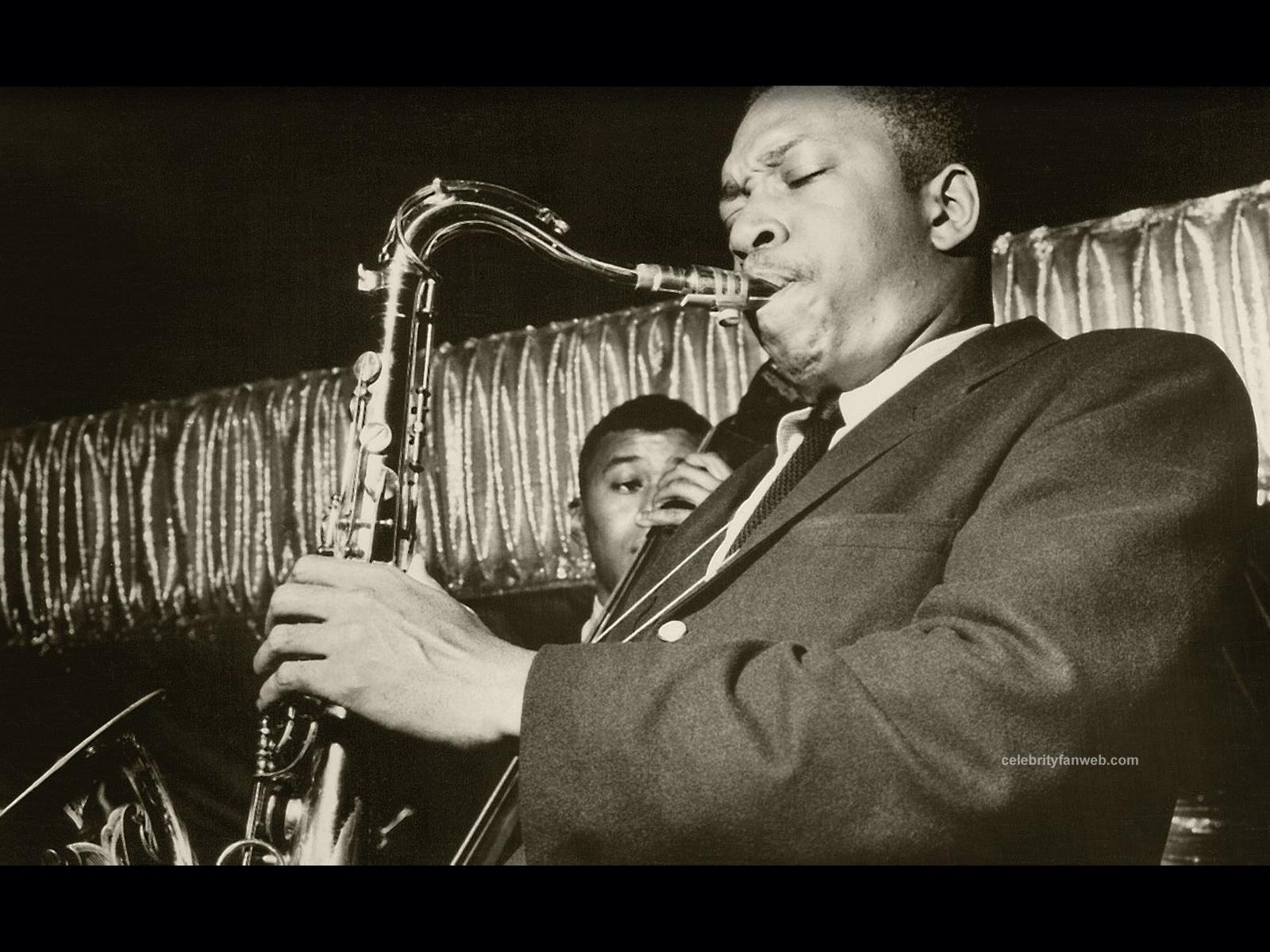
Here’s a short melody that uses all the notes from the Altered Scale (the 7th mode of the Melodic Minor Scale). While chord-scale theory can be a valuable part of learning to improvise, finding an actual melody, not just the

Bird may be my all time favorite melodic improvisor. His sound, feel and ideas still seem fresh and alive and I enjoy him more and more the older I get. I’m always shocked when I put on a side I’ve

Here’s an intervallic diminished sequence that I wrote while in Leipzig on a short avant-garde tour in the late 90’s. We had many long days of doing nothing before the sound check and gig so I composed this short melody

The use of the “half -whole” diminished scale over a dominant 7th chord can create some interesting and complex sounds. This “octatonic” scale outlines specific tensions – b9, #9, #11 and natural 13. There are a lot of possibilities for
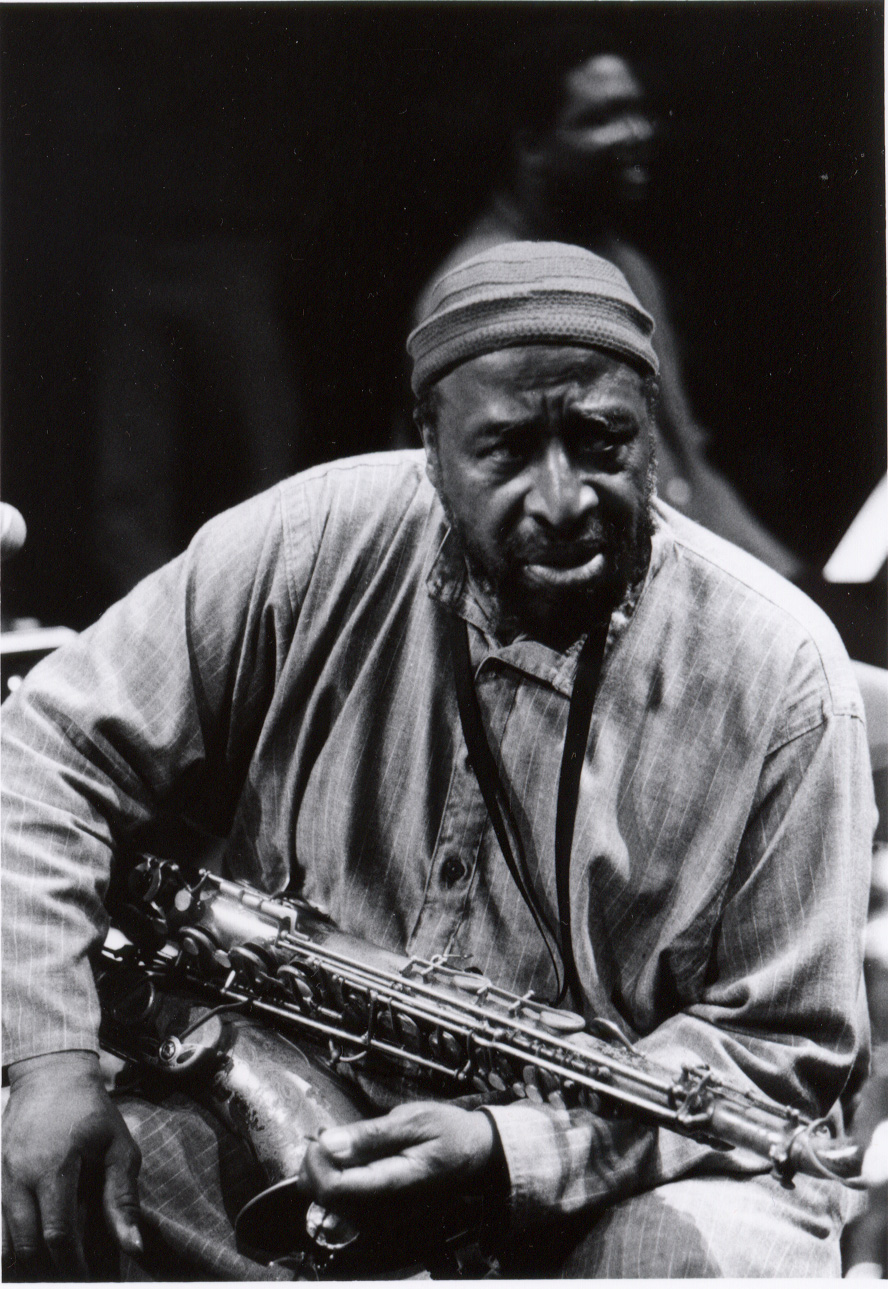
Sometimes working with a synthetic scale can be rewarding and help free you from your normal melodic ideas. I still have a 12 sided die from the Dungeon and Dragon days of the early 80’s and by assigning 12 notes

This is a very simple melody that clearly outlines the major 7 sound (with a passing natural 11). First learn to sing the melody in one key to get familiar with the sound and help internalize the phrase. Singing is
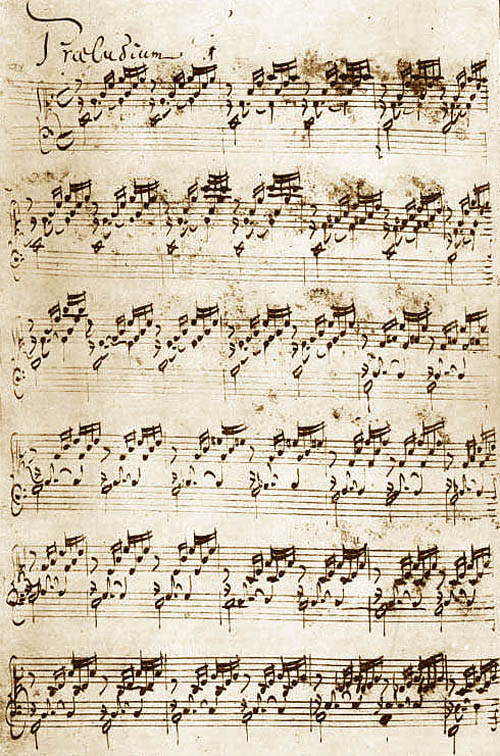
Here’s a very simple lesson taken from the 1st two bars of the second Bach Cello Suite prelude. The melody outlines the chord progression i minor to V7 b9. First, sing the melody until you hear it like a nursery
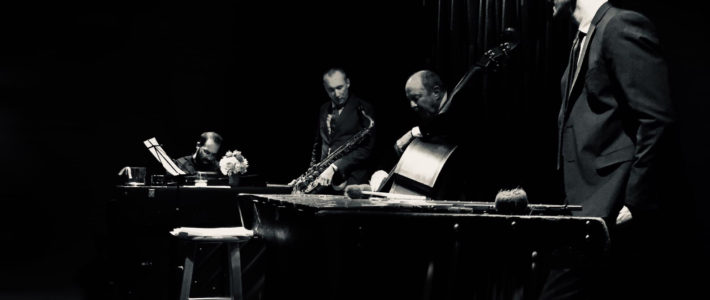
Over the years I consistently hear from my students, “I know all my triads” and, “I know all my major scales”. After closer examination, it turns out that, for many developing sax players and musicians, this often means root position
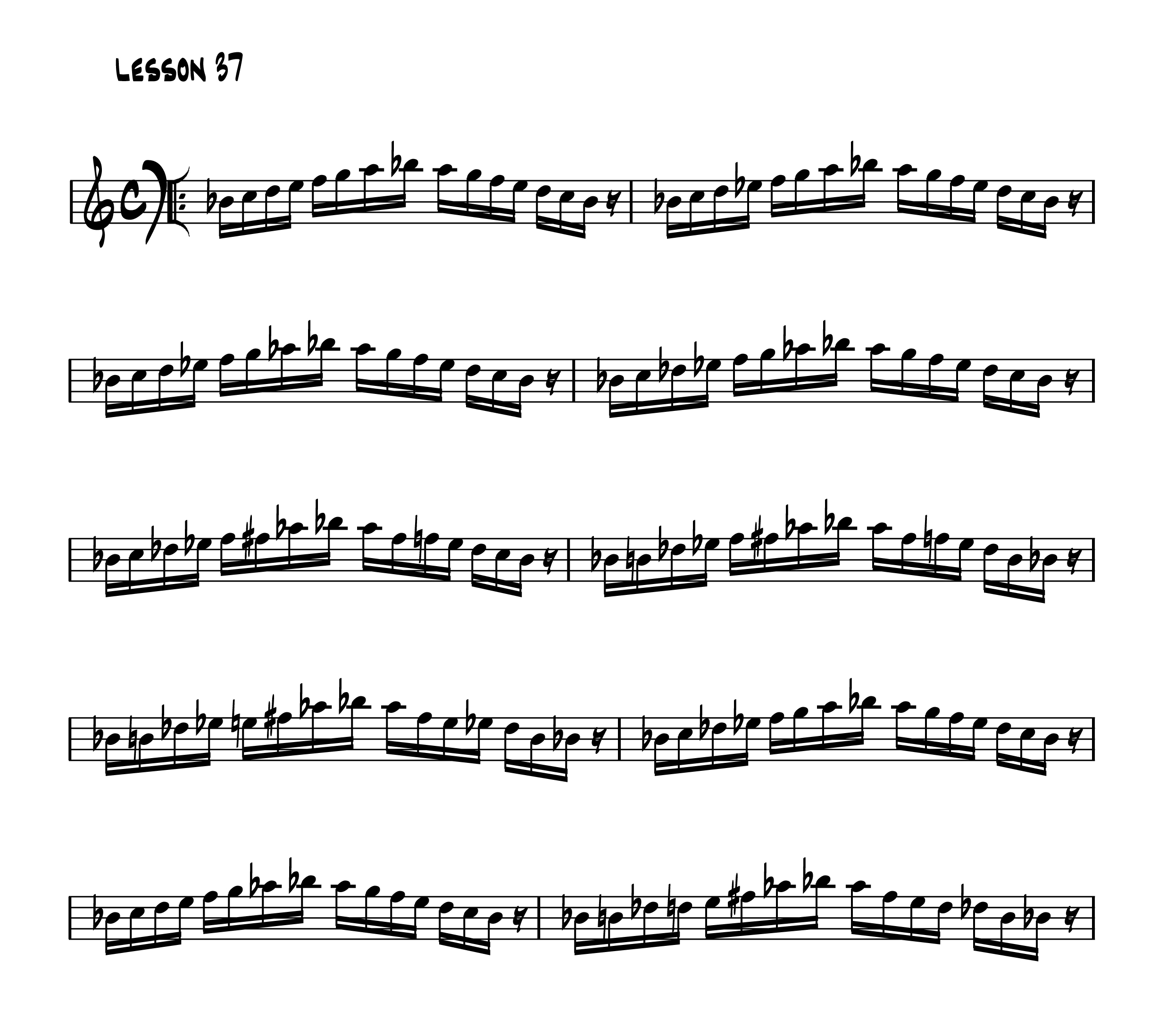
This is an exercise I came up with since I have carpal tunnel syndrome and can’t play as much as I’d like to. I either sing along with this mp3 or I do long tones on the root while listening

This exercise is a (second) example of using a harmonic minor scale to create a melody over a minor ii-V-i progression. To do this we use the harmonic minor scale of the i chord. For example in a D-7b5 (ii),

This exercise is an example of using a harmonic minor scale to create a melody over a minor ii-V-i progression. To do this we use the harmonic minor scale of the i chord. For example in a D-7b5 (ii), G7b9,b13